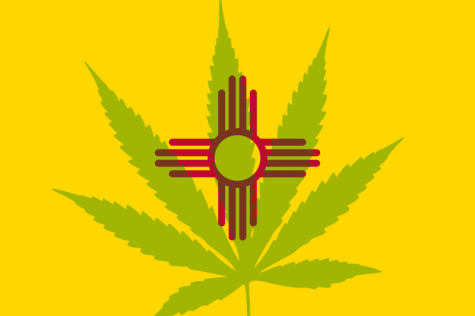Small-scale cannabis growers in California establish co-ops to cut costs and remain competitive
In an attempt to remain competitive among large scale cannabis cultivation corporations, pot farmers in California are practicing “license stacking”

Small cannabis cultivators in California are trying to keep up with large scale corporate cultivators.
Moderately sized cannabis farmers are teaming up to establish cooperatives that could give them a competitive streak against large scale corporations. By dividing their operating costs, local small-grow business owners hope to reduce overhead costs. A county-commissioned study revealed how cannabis cultivation in California accounts for almost two-thirds of the local economy.
Distributors and retailers who rely on their stock from outside sources will benefit from a stable supply of weed if small-scale cultivation facilities merge their manufacturing process.
Cannabis growers in California limited under state regulations
Based on California’s cannabis cultivation regulations, growers are restricted to cultivating weed within 10,000 square feet of canopy space that should not exceed four acres in size. The regulations state that a co-op merging the services of numerous local growers should not be bigger than 174,240 square feet.
In an attempt to remain competitive among large scale cannabis cultivation corporations, pot farmers in California are practicing “license stacking.” The decision to establish small-scale cannabis grow co-ops in California had been made following the acquisition of numerous small-grow licenses; license holders are combining their licenses for use in a single cultivation space.
Cannabis legalization in California kicked off in 1996
 Pot can be grown, sold, consumed and purchased legally for both medical and recreational purposes throughout California.
Pot can be grown, sold, consumed and purchased legally for both medical and recreational purposes throughout California.
The green rush first swept across the Golden State when the Compassionate Use Act of 1996 (Proposition 215) was approved. Recreational weed became legal a decade later with the passage of the Adult Use of Marijuana Act (Proposition 64).
Efforts to amend prohibitionist cannabis laws started much earlier, however, with the nation’s first-ever cannabis legalization ballot initiative occurring back in 1972.
Cannabis cultivation in The Emerald Triangle yields higher prices

Dubbed “The Bordeaux of Cannabis by the Wall Street Journal, The Emerald Triangle is California’s hotspot for growing weed. The ‘triangle’ is made up of three regions: Humboldt, Mendocino and Trinity County.
The fertile lands, rich soil and dry climate mean that The Emerald Triangle yields some of the highest quality cannabis plants on the planet. With such a pristine environment for cannabis cultivation, it’s not surprising that pot grown in this part of the world is some of the most expensive and sought after.
In Humboldt County, property and land prices are skyrocketing as a result of the diverse strain varieties being grown by local growers. Weed grown in this region is even stamped to prove its origin. Then there are the cannabis cultivators operating in Mendocino County, many of whom are raking in $1 billion on an annual basis.
By collaborating with one another, local growers in California could very well be harvesting a healthy paycheck that rivals commercial grow operations in the near future.







